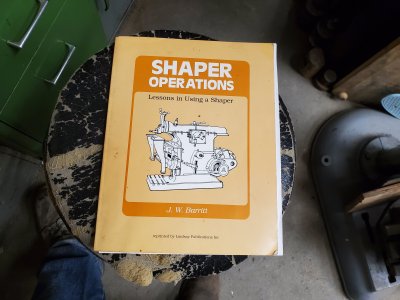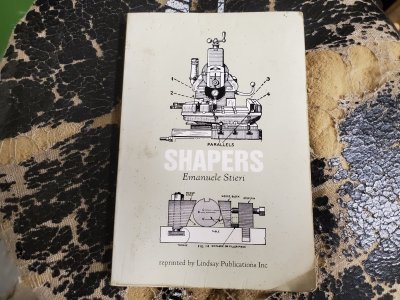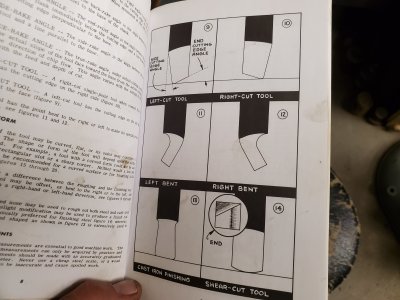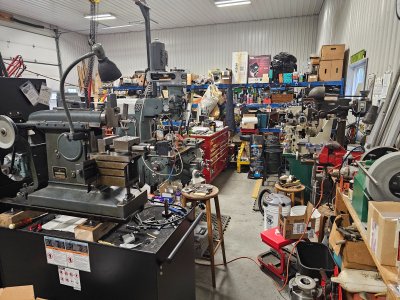140mower
Don
In what way? Or better put, how doesn't it appear healthy.Moving it manually in L or R, does not appear to be healthy.
It's pretty rare that I have hand fed horizontally, it is all in the timing and unless you give yourself half a mile of stroke on the back side it's hard getting a consistent feed, or at least for me.
But I do put it in neutral and wheel it back and forth during setup and it should move freely unless the locks are dragging or gibs are out of adjustment.
I also leave it in neutral any time I am cutting on the vertical or some angle and hand feed with the vertical slide. Shapers make nice dovetails...... Cheaply 😉




